Biological control of invasive Australian Acacia species: Collecting and Survey trip Australia, 15 November - 6 December 2016
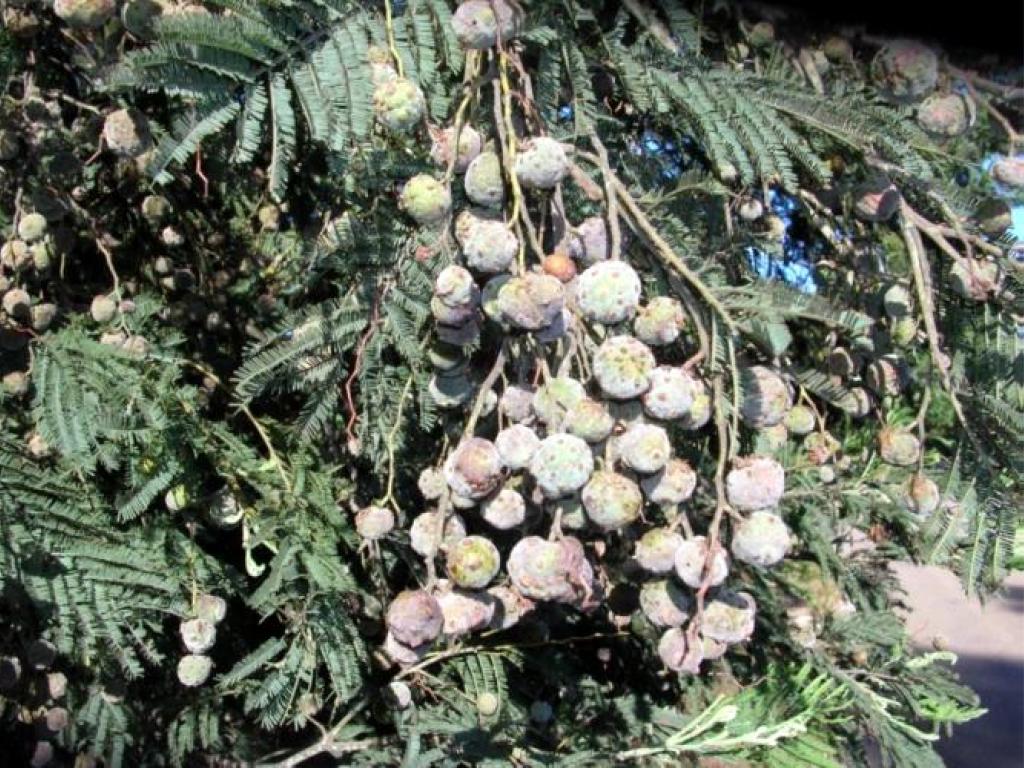
Carien Kleinjan and Fiona Impson, recently spent 3 weeks “down under” surveying Australian Acacia species (wattles) that are declared invaders in South Africa. These species are candidates for biological control as a management option.
There were two objectives:
i. obtain clarity on the host plant range of a gall-forming wasp which is a promising agent for Silver wattle (Acacia dealbata) (Fig 1b); and
ii. collect additional material of a gall-forming fly which has been approved for release on Bailey’s wattle (Acacia baileyana) and Green wattle (Acacia decurrens) in South Africa (Fig 1a).
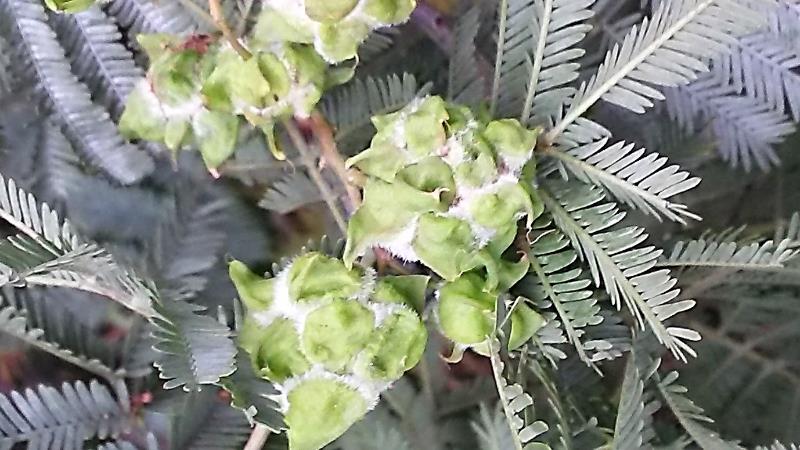
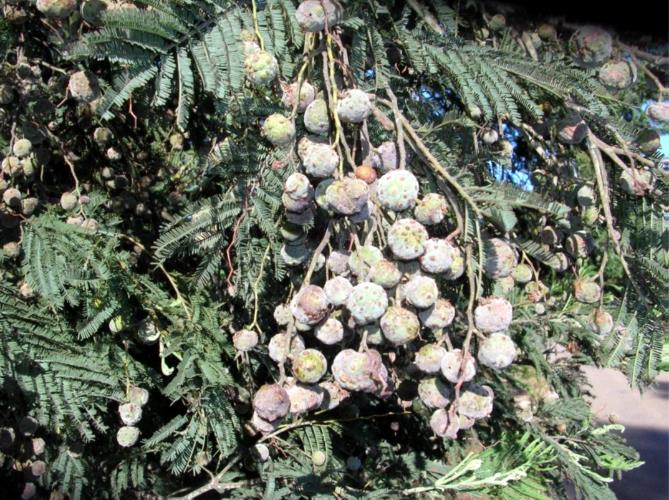
Fig 1(a): Gall clusters on Acacia baileyana. These distorted growths are caused by a minute fly (Dasineura pilifera) which lays its eggs in the flowers. The larvae feed on the ovaries and this induces the distortion observed, as a result pods cannot develop. Fig 1(b): Galls caused by Perilampella hecataeus, a tiny wasp that lays its eggs in buds of a few closely related Australian acacia species. This prevents flowering and pod production. Photo: Fiona Impson.
The Acacia species surveyed occur naturally in the south-eastern parts of Australia, so the survey route followed a meandering path between Sydney and Melbourne (Fig 2). This route traverses the Australian Alpine Region which boasts fantastic scenery, rainforests and a magnificent coastline. The second leg of the trip took place in Tasmania.
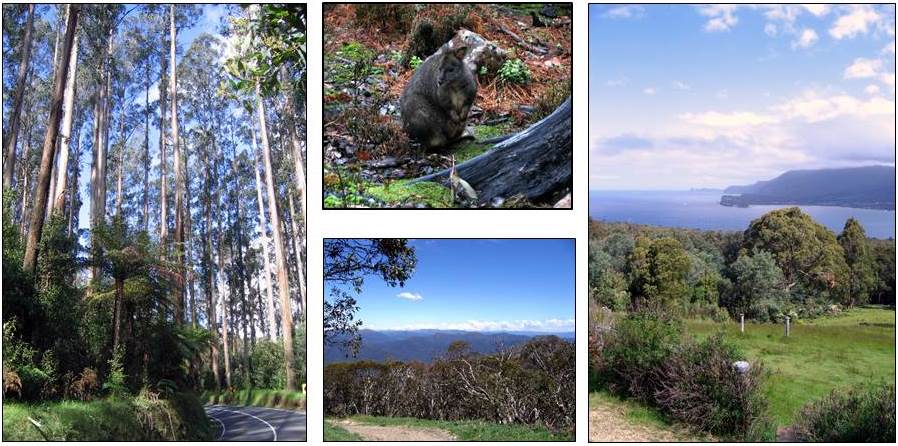
Fig 2: Images from the survey route. Photo: Carien Kleinjan.
Previous evaluation of the gall-forming wasp had revealed that it may be able to develop on vegetative buds of Black wattle (Acacia mearnsii). The recent surveys did not preclude this possibility, but suggested that it is a phenomenon that rarely occurs in Australia. A large consignment of galls was imported into the insect quarantine facility, at the ARC-PPRI (Agricultural Research Council – Plant Protection Research Institute) research facility in Stellenbosch, where further testing is currently being conducted.
The gall-forming fly was generally scarce and where it occurred in greater numbers suffered high mortality of immature stages. This was not unexpected as high mortality is frequently characteristic of insects in their natural geographic range. Gall material was collected, where feasible, and has been imported into the quarantine facility in Stellenbosch. Adults should emerge between June and August 2017, it is hoped that they will do so in sufficient numbers to enable continued efforts to establish this insect as a biological control agent in South Africa.
Carien and Fiona spent an afternoon at the MONA (Museum of Old and New Art) in Hobart, absorbed in an exhibition titled “Origin of Art” - a surreal experience (Fig 3). The museum is carved into the ground, dark and sinister. A renowned exhibit - “the cloaca” boasts a mechanical human digestive system – Fiona was there to witness “feeding time” but by then Carien had succumbed to claustrophobia. It is a strange, disturbing and memorable space - Read more.
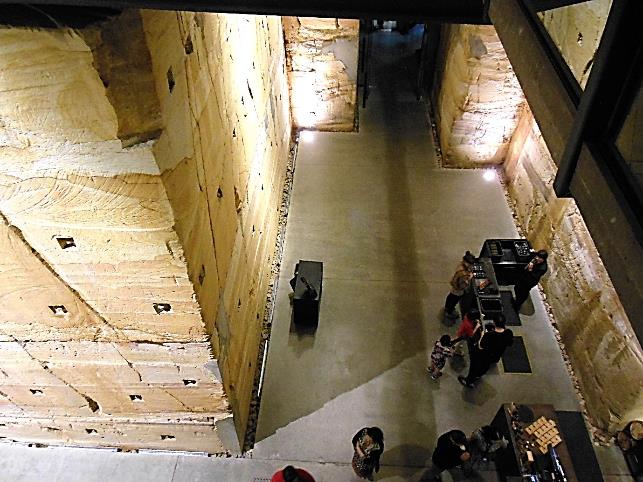
Fig 3: MONA (Museum of Old and New Art) in Hobart. Photo: Fiona Impson.
